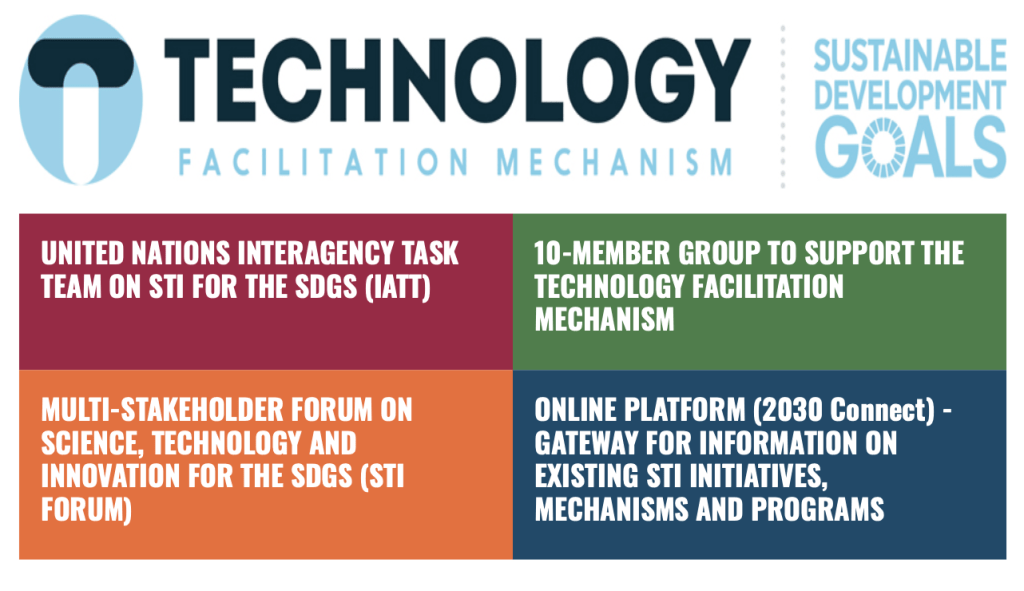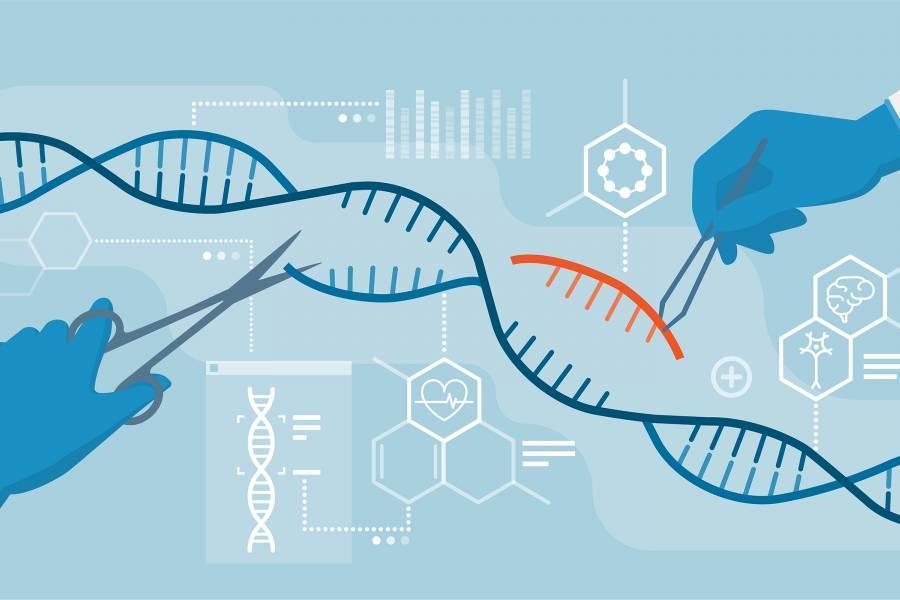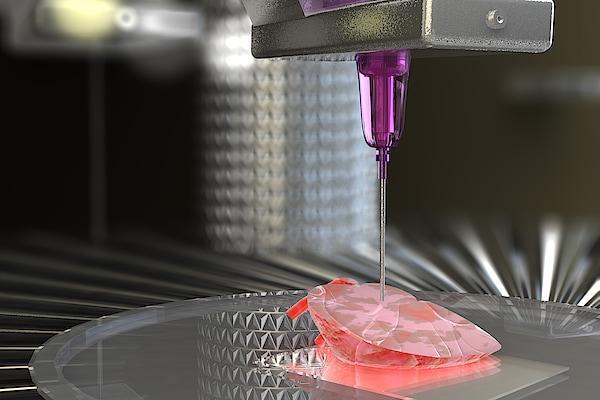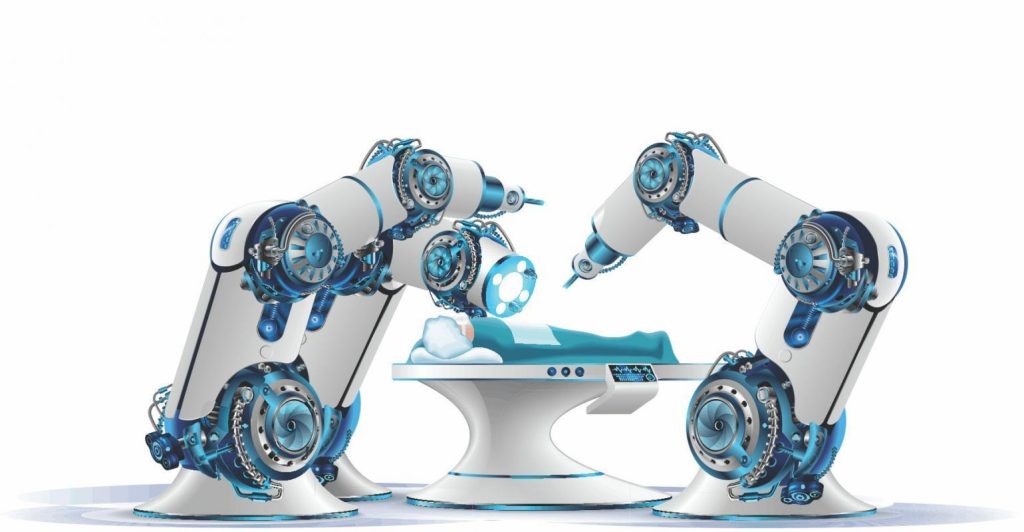Sustainable medical technologies are products and services developed to improve health and well-being. They also work to provide solutions to long-prevailing health-related issues.

The field of biomedical engineering has seen increased popularity in recent years. As such, the innovation process and emerging medical technologies have reached new heights. However, it is vital that this growth comes paired with a focus on sustainable medical technologies. This can be achieved through innovation and creativity. In fact, the United Nation’s Sustainable Development Goal (SDG)– 9 states that infrastructure should be resilient. It recommends achieving this by fostering sustainable innovation.
UN Technology Facilitation Mechanism (TFM) for Science & Technology Innovations
According to UN data, investments for scientific and medical research and development are growing. However, the growth rate should be improved to achieve sustainable development. As a part of the 2030 agenda for sustainable development goals, the UN introduced the ‘Technology Facilitation Mechanism” (TFM). Its goal is to accelerate the progression of achieving SGDs. The programme will combine science, technology, and innovation (STI) into one platform. It will do this through promoting partnerships and collaborations.

As the UN approach to sustainable innovations in science and technology, the TFM operates at four levels.
Inter-agency task team (IATT): The IATT exists to promote coordination and cooperation between experts in STI industries. It wishes to enhance the information flow of science and technology-related issues.
10-member group: As an initiative of TFM, on 4thMay, 2021, the UN put together a team of ten professionals. These people come from different industries from around the world. Their function is to support the facilitation and execution of the IATT.
STI Forum: The appointed 10 members will manage the STI forum for multi-stakeholders. Here, professionals around the world will gather annually to discuss STI implementation for sustainable development.
2030 connect: The 10 members and the IATT will work together to promote the 2030 connect online platform. This platform will ease communication about ongoing programmes and new initiatives and issues.
Sustainable Medical Technologies for Health and Well-being
SGD-9 aligns with the UN SDG-3 on providing health and well-being to all. A recent study published in BMJ by MacArthur and Rasmussen, et al., (2018) evaluated the current child and maternal mortality. It concluded that the majority of countries are still behind in achieving the SDG-3 goals. This illustrates that current medical technologies are not sustainable enough to meet the SDG target by 2030. So, the UN introduced the concept of “tomorrow’s tools”. They help emphasise the need to improve current medical technologies and health systems. This does not simply mean improving investments for scientific research and development. It also aims to foster innovation towards the most advanced technologies for sustainable healthcare and well-being.
Sustainable innovation process
This raises a serious question: at which stages do we need to implement these innovations? The simple answer is, in every step possible. These steps are Prevention, Diagnostics, Treatment, Monitoring, and Caregiving.
Prevention of long-term diseases through early diagnosis can be achieved through technological advancements. These Diagnostic technologies will help prevent further progression of diseases. As such, they can be a major step to improving overall health and well-being. High-throughput DNA sequencing technologies have a significant impact on early detection and diagnosis. Thus they are excellent prevention tools. For example, a recent study by Gurjavo, et al., (2021) used advanced gene sequencing technologies to show the correlation between a red meat diet and colorectal cancer. Colorectal cancer is the third most common cancer worldwide, creating a global disease burden. However, this technique needs continuous updates to ensure cost efficiency and accuracy. With support, it can detect genetic and heritable conditions and reach communities in need.
After diagnosis, precise Treatment strategies and progress Monitoring are essential components. Additionally, digital health tools provide better outcomes in long-term and short-term Caregiving. Thus related improvements and technological advancements for these tools are essential.
5 Ground-breaking Medical Technologies for Sustainable Health
The scope of scientific research has grown in the past several decades. As such it provides valuable help in addressing global health issues. However, the practice of traditional scientific and research methodologies has plateaued. To provide sustainable global health, we need to adapt and incorporate next-level technologies.
1. CRISPR

The Clustered Regulatory Interspaced Short Palindromic Repeats (CRISPR) is one of the greatest scientific advancements in recent years. The technology earned the 2020 Nobel Prize in Chemistry for its potential in vast applications. Acting as molecular scissors, this technique has the capability to modify the genetic code in a positive manner. It can provide immunity to severe viral infections where no immunisation is available. It can also prevent predisposed inherited diseases. This will improve our lifespan, and prevent age-related late-onset disorders. In this way, CRISPR can enhance the overall well-being and quality of life.
2. Wearable Digital Health Tools

Source: Econsultancy 
Source: Oura
The introduction of Bluetooth in 2000 saw new technologies developed for digital health. Among the most popular in the past decade are wearable digital health tools. These include smart-watches, fitness trackers, and smart-jewellery (e.g. smart ring). These technologies are now integrating with artificial intelligence and improved sensors. This will allow them to obtain big data in order to provide better health advantages.
3. 3D Bio-Printing and Artificial Organs

Through the combined efforts of medicine, biophysics, and engineering, we can now use three-dimensional (3D) printing to artificially create human organs. This recent development answers the greatest challenges in medical technologies. These include the immune reactivity against implanted organs as well as the lack of available viable organs. 3D bio-printing organs will pave a pathway for sustainable global health improvements.
4. Brain Sensors and Implants

The idea of brain chips and implants is a contentious one. However, many medical technologists believe it could solve many untreatable brain diseases. A recent study by Guo and colleagues (2020) introduced a sensor implanted in the brain to understand the disease pathways better. This approach aids in understanding disease pathologies. As such, it can provide better treatment strategies for conditions such as dementia. Health experts categorise dementia as a global disease burden. In fact, 10 million people are diagnosed with dementia each year, and there is no cure. Neuralink is another example where the artificial intelligence is used in brain chips to improve brain-computer-interface (BCI) to treat conditions such as epilepsy. These approaches show a large potential in improving health and well-being in near future.
Accidents and traumatic injuries to the brain and spine often diminish quality of life. Keeping them from the workforce lifelong can significantly impact a country’s economy. Rogers and his team (2016) from the University of Illinois introduced bioresorbable (biodegradable and dissolved naturally within the body over time) sensor implants. They can be used as a treatment and a tool to sense and record signals to monitor the progress of traumatic injuries.
5. Robot Surgeons

Robotic surgeons are another area of controversial arguments. And yet, many hospitals, surgeons, and research institutions now use surgical robots. It’s a new approach to precise and sensitive surgeries that can reach beyond human capabilities. Cirq, the robotic arm by Brainlab, and da VinciTM Surgical System by Maxon Motor groups are a few of the many robot surgeons currently used. HugoTM RAS (Robotic Assisted Surgery) system by Medtronic, is one of the robotic surgeons under investigation. The technology is being further improved by incorporating next-generation computing and artificial intelligence in providing precision surgical solutions.
When considering the pros and cons, the only identifiable con is the high manufacturing cost. As a consequence, this technology remains unaffordable for rural communities. By addressing this cost issue, developers can provide a long-term sustainable solution to many issues. These include the lack of skilled and specialised surgeons to meet the demand among communities with higher needs. It also could potentially perform minimally invasive surgical treatments to incurable diseases. Thus, this technology could help relieve major global health burdens.
Innovative Medical Technologies are Still Not Reachable to Communities in Need
As a recent study identified, there are obstacles to the development and improvement of sustainable medical technologies. One such is the lack of centralised databases. These would help to share ongoing research and development processes. Additionally, more funding is needed to make a long-term significant impact on healthcare systems. The authors also determined that the ‘important’ and ‘potentially game-changing’ diagnostic, and medical tools identified in the Global Health 2035 report, are unlikely to be available on time, to be effective.
As shown, non-standardised, innovative medical technologies can provide solutions to long-prevailing diseases. This will reduce the major global disease burden. Additionally, improved practices will aid in achieving SDG-3, better health, and well-being for all. It will do this through SDG-9, fostering innovation. There are still major barriers in adapting these technologies to low-and-middle-income countries (LMIC) and regions. This is primarily due to their high cost and thus the lack of affordability.
Innovators are therefore encouraged to look beyond the traditional technologies and identify solutions to produce cost-effective, sustainable medical technologies that can reach out to the communities in need. The investors are encouraged to look for and support the talents which can bring about sustainable medical technologies to achieve not only the 2030 goals but beyond for better human and environmental impact.
Let us know your thoughts in the comments below. To learn more about sustainable development goals visit our THRIVE platform!























